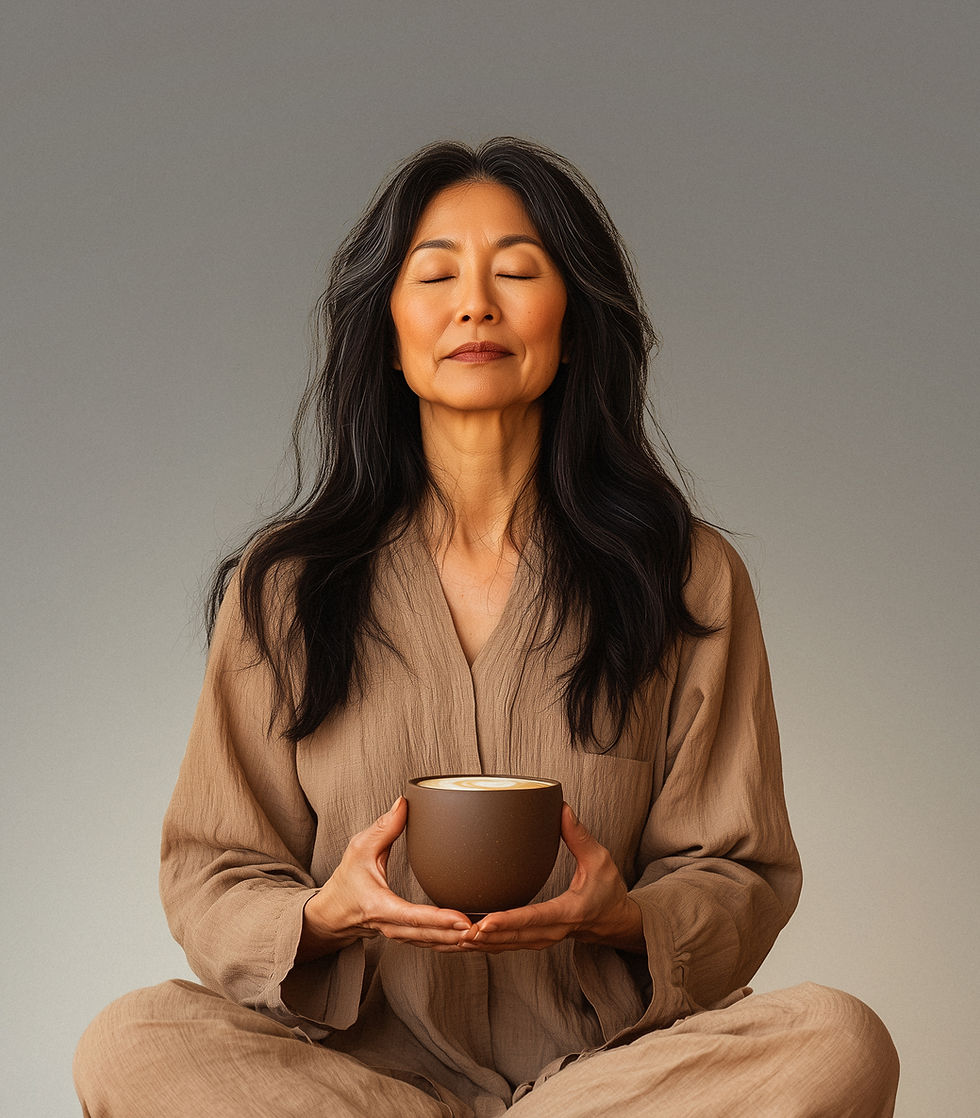Scientists Discovered Why One Woman Lived to 117 — And It Could Change How You Age
- ilianna nitsola
- Sep 28
- 3 min read

Most of us hope to live a long life, but what if you could live past 117 years without major diseases? That’s exactly what scientists uncovered when they studied the biology of the world’s oldest verified woman, known in the research as “M116.”
They didn’t just look at her medical records. They built a complete “multi-omics blueprint” of her body — analyzing her genes, metabolism, immune system, epigenetics (how her genes were expressed), and even her gut microbiome. The results were surprising, and they could change the way we think about aging.
A “Young” Gut at 117
The single most striking finding was her gut microbiome. Instead of the usual decline in beneficial bacteria that almost always comes with age, her gut was packed with Bifidobacterium — the same levels you’d expect to see in much younger, healthier people.
Why does this matter? Bifidobacteria are strongly linked to low inflammation, which is one of the key drivers of age-related diseases. In other words, her gut was working like a natural shield, keeping her body calm and resilient.
And here’s the intriguing part: she ate yogurt every single day. The live cultures in yogurt (like Streptococcus thermophilus and Lactobacillus bulgaricus) are known to help Bifidobacteria thrive. A simple daily habit may have played a central role in protecting her health.
Younger Cells Than Her Age
Another powerful clue was found in her epigenetic clocks. These are biological tests that measure how “old” your cells behave. Even though she was 117 chronologically, her cells looked 15–20 years younger. Her tissues weren’t rushing toward decline — they were ticking more slowly than expected.
Inflammation Held in Check
Her blood told another story of protection. She had extremely low levels of inflammation markers, far below what’s typical at that age. Chronic, low-grade inflammation is linked to heart disease, diabetes, dementia, and frailty. Keeping it quiet likely gave her decades of resilience.
Lipids That Looked Like an Athlete’s
Her cholesterol profile was nearly perfect: high HDL (“good” cholesterol), low triglycerides, and efficient lipid metabolism. This pattern is linked to lower risk of both heart disease and dementia, two of the biggest threats to healthy aging.
What We Can Learn
This study shows that aging and disease don’t have to go hand in hand. Her biology had plenty of signs of being very old — short telomeres, blood mutations — yet her healthspan stayed strong because other systems stayed remarkably young.
Why It Matters for You
You can’t copy her exact DNA, but you can copy her patterns. Support your gut with fiber-rich plants and fermented foods. Keep inflammation low with daily movement, good sleep, and stress care. Eat like the Mediterranean: olive oil, fish, legumes, nuts, and vegetables. Protect your heart and brain by maintaining strong lipid health.
The story of this 117-year-old woman is not about chasing immortality — it’s about extending the healthy years you have. Her blueprint suggests that with the right mix of diet and lifestyle you can grow older without necessarily growing sicker.
“Health depends on balance.” — Hippocrates
📖 Source study:
Santos-Pujol E., Noguera-Castells A., Casado-Pelaez M., et al. The multiomics blueprint of the individual with the most extreme lifespan. Cell Reports Medicine (2024/2025).


